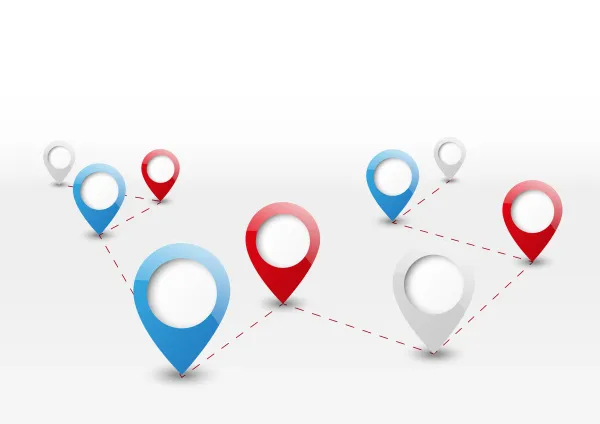EM Coding Alert
Reader Question:
Look to Critical Care Codes for this Scenario
Published on Mon Nov 20, 2017

You’ve reached your limit of free articles. Already a subscriber? Log in.
Not a subscriber? Subscribe today to continue reading this article. Plus, you’ll get:
- Simple explanations of current healthcare regulations and payer programs
- Real-world reporting scenarios solved by our expert coders
- Industry news, such as MAC and RAC activities, the OIG Work Plan, and CERT reports
- Instant access to every article ever published in Revenue Cycle Insider
- 6 annual AAPC-approved CEUs
- The latest updates for CPT®, ICD-10-CM, HCPCS Level II, NCCI edits, modifiers, compliance, technology, practice management, and more
Related Articles
Other Articles in this issue of
EM Coding Alert
- CPT® 2018:
Get The Scoop On These New BHI and Behavioral Healthcare Management Codes
Remember: New CPT® code 99493 will replace HCPCS option G0503. For January 1, 2018, CPT® [...] - Modifiers:
UHC Now Mandates Appending Modifier SA on NPP E/M Claims
Not all payers follow this particular policy, so double-check with your individual payers. Do you [...] - Case Study:
Analyze This Scenario to Hone Your ACP Expertise For Cleaner Claims
Hint: Don't forget modifier 33. Test your advance care planning (ACP) coding skills with this [...] - You Be the Coder:
Lesson Learned: Reporting Preventive Service With Problem-Oriented E/M
Question: The physician saw a 39-year-old established male patient for an annual checkup. During the [...] - Reader Question:
Think You Can Never Report Modifiers 24 and 25 Together? Think Again
Question: Can you ever report modifiers 24 and 25 on the same claim? Hawaii Subscriber [...] - Reader Question:
Look to Critical Care Codes for this Scenario
Question: The patient reported to the emergency department (ED) in respiratory distress. He is a [...]
View All




